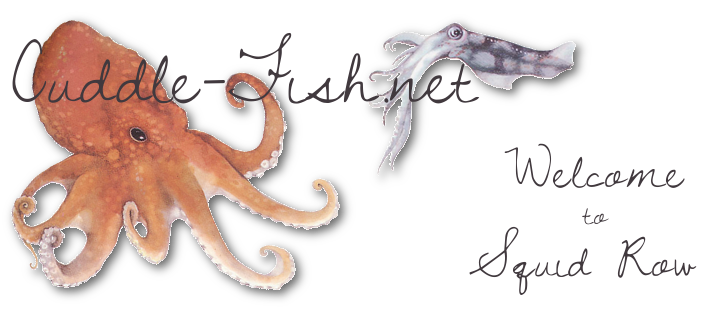The Starseeker Whale
The starseeker whale, Caeleumcetus astronaut, is only mistakable for the Earth vertebrate at a first glance. Though it is similar in terms of size and diet, this sky faring vertebrate-like creature is an entirely unique sight to behold. Like the albatross, it is arguably terrestrial, but it spends the majority of its life in the air, using its kite-like body and the planet's weaker gravity to traverse the skies in search of food. Starseekers are only found on the ground after death, leading some to suggest that they are born and live their entire lives without touching the ground. It earns its common name from its magnificent inky blue color spotted with white, like stars in the night sky. Recordings of its haunting nighttime songs have captured the public's imagination, much as the songs of Earth whales do. An omnivore, it survives off of the macroscopic bacteria-like creatures that exist in the higher altitudes of the planet, which it searches for at night, almost indistinguishable from the nighttime sky. When airborne it has no equal and no natural predators, allowing it to reach massive size. Blind, it uses a system similar to the lateral line found in fish to sense wind currents for navigation.
The starseeker's body is large and roughly diamond shaped, bringing to mind a manta ray or an oversized child's kite. To support its immense size, the bone-like structures are "hollow," filled with pneumatic sacs like those seen in birds. These pneumatic cavities also allow the starseeker to climb to higher altitudes where the air is thin and there is little oxygen, enabling it to hold its breath for hours at a time. Like birds, the starseeker is capable of inhaling and exhaling in the same breath. Oxygenated air comes in via the buccal opening as the starseeker flies and is directed into the pneumatic sacs on either side of the body. As oxygenated air enters one side, deoxygenated air exits in the same breath from the other side. This ensures that the starseeker always has sufficient oxygen even in low-oxygen altitudes, and is capable of spending long periods of time in the upper atmosphere searching for food.
The integument of the starseeker is closest in texture to that of a dolphin, rubbery and smooth to minimize air resistance. Upon closer inspection, however, it is actually a densely packed fur-like material, denser even than the fur of sea otters. This dense inky blue pelt helps the starseeker to remain warm even in the bitterly cold temperatures of the upper atmospheres. Additionally, the white star-like spots across their bodies are a unique sensory organ that utilize a modified type of "hair." To keep their hair flat against their bodies, glands at the base of the skin secrete a fine oil that helps the hair lie down and resist drag.
Starseeker whales are solitary creatures, coming together only once every few years to mate. The melodies of starseekers are unique to each individual, and seem to be used to communicate with others of their kind. They become loudest during the mating season, every seven years, an event that attracts interstellar tourists in droves. Though these songs are beautiful, the starseeker's hearing is poorly developed. They actually use the white spots on their bodies that resemble stars. These stars are actually coarse, hypersensitive, specialized hairs unlike anything found on Earth. Similar to the lateral lines of fish, these hairs detect the vibrations created by starseeker songs, which are capable of travelling across incredible distances. Using these stars, starseekers are able to identify direction, status, and identity of the song's creator based on how the hair moves. Outside of mating season, they use these hairs to detect and follow wind currents, finding those that will bring them to familiar abundant feeding grounds.
Once a mate has been identified, located, and deemed suitable, mating occurs. This is a difficult endeavor, as the starseeker does not come to ground, instead mating aloft. To avoid being dragged away by the force of the wind, the male must attach himself to the female during the mating, which is internal. To do this, he uses reproductive organs similar to the claspers found in sharks. These organs are normally held within the body to reduce drag, but during mating they are unfurled and inserted into corresponding openings on the female. The gestation period is incredibly slow, approximately one of the planet's years, and only one offspring is born at a time. To maintain her ability to fly, the mother loses over half of her body weight, which is turned into nutrients to support the offspring, and passed via a thin membrane into a uterus-like structure that, when the reproductive period ends, shrinks in size. The vibrations of the males apparently send a signal to the starseeker's brain that promotes the production of an FSH-like hormone, which enlarges the "uterus." No one has ever witnessed a starseeker giving birth, and though they are not aggressive, the new mothers do become secretive, often disappearing into the upper reaches of the planetary atmosphere with their newborns.
